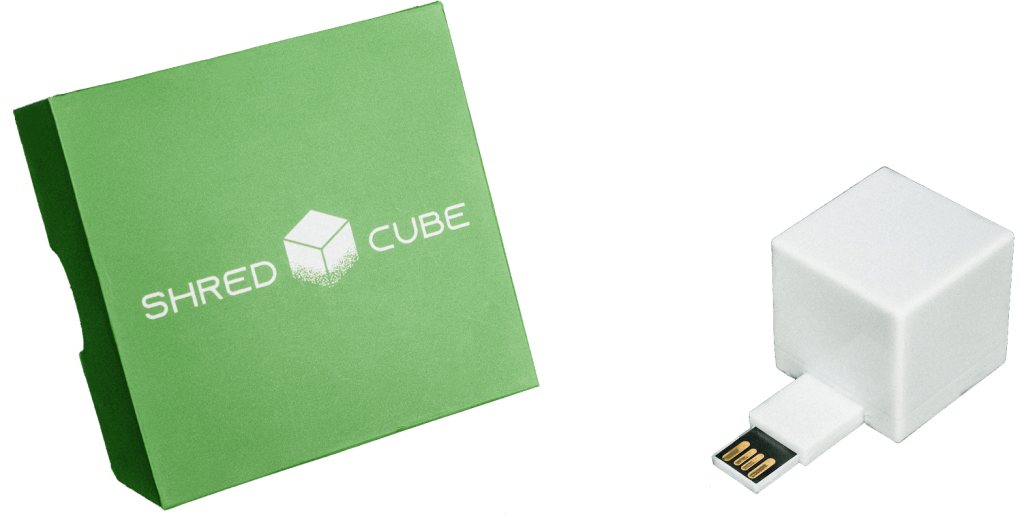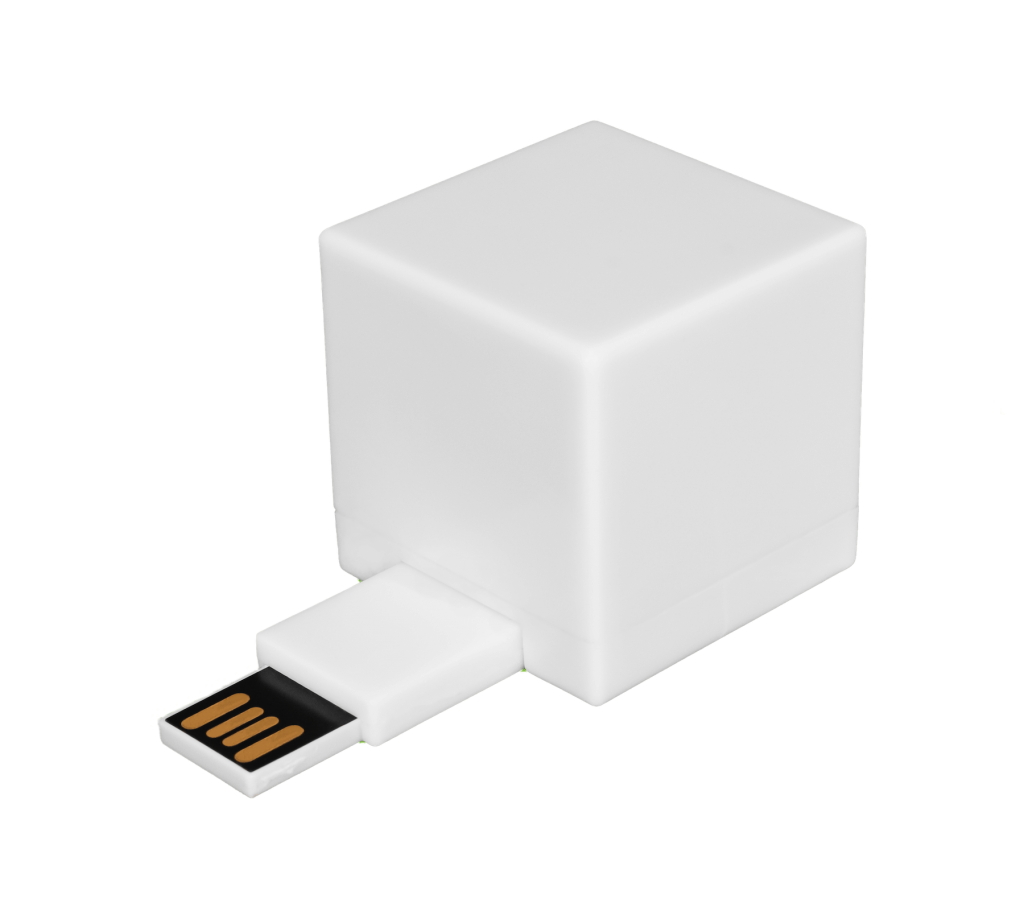One of the most devastating cyberattacks in history happened sometime around 2010, perpetrated by the most unlikely actor: the U.S. government, using a worm to sabotage Iran’s nuclear program. The apparent sophistication of the attack itself was newsworthy, but many people were also left scratching their heads at the use of the word “worm” instead of “virus.”
Don’t computers have viruses? When did they start picking up worms? What’s the difference between virus vs. worm? This guide will compare the two and explain how they spread.
The Difference Between a Virus and a Worm

Worms and viruses can both be considered malware, but there are differences between the two and how they operate.
Worms, although similar to viruses, don’t modify computer programs – they spread independently without being attached to a host file or host computer program. They replicate themselves once activated to slow down the computer’s system or perform other actions. Hackers can control them remotely.
A virus, on the other hand, is malicious executable code attached to another executable file, and it can either be harmless or capable of modifying or deleting data. It attaches to a computer program and makes it perform abnormally, usually deleting files from the computer. It can’t be controlled remotely.
Clean Your Computer in Minutes, not hours...
The Shred Cube wipes your unwanted computer files, that you choose, in minutes. Try it for yourself.
Get The Shred CubeHow Do Viruses Spread and Infect Your Computer?
A virus “infects” a computer by inserting code into a program or file to copy itself and spread to others. A computer virus, like its biological counterpart, lives within a host such as an executable file or a document and requires human interaction to spread. You can expect a computer virus to remain dormant and relatively harmless until you trigger it into action by executing the file.
Self-replicating viruses cause damage like corrupting files or apps, compromising computer performance, infecting other connected devices, and affecting users. Your computer could get a virus in numerous ways, including:
Intentional or Unintentional Downloads
One of the more common ways in which computers get infected is by downloading infected files: pirated music, videos, movies, toolbars, free games, and so on. Downloading stuff from the internet is risky without adequate antivirus protection, and even then, it’s advisable to stick to trusted websites.
Phishing Emails
Hackers often send emails or links that lead to infected websites or downloads. Email providers usually have built-in protections to filter out suspicious emails, but they don’t catch everything, so it’s always wise to be on alert about what you click in your inbox.
Visiting Suspicious or Unsecure Websites
Your computer can also pick up viruses when you visit malicious websites or click links or ads to unknown or unsecured websites. Many of these sites are designed to automatically start downloading the virus to your device once you click through to them, so avoiding unknown sites is the best protection.
Connecting to External Drives Infected With Malware
Infected external hard drives can also transmit viruses from one machine to another.
Here’s an example of how someone gets infected: You receive an unexpected email with a curiosity-inducing headline like “Just a few updates-please check.” Often clicking through leads to a short email with an attachment at the end labeled “updates,” which may be an .exe or .doc file.
A .doc file might include code that prompts you to enable macros (a set of rules coded into your computer to help simplify repetitive tasks). Enabling macros then triggers the virus. An .exe file is even simpler; it runs and starts the virus when you click on it.
How Do Worms Spread and Infect Your Computer?

Computer worms behave and spread differently from computer viruses in that they don’t require a host or human action to spread and do their damage. They’re self-replicating, standalone pieces of malware that take advantage of a system’s weaknesses to spread.
Developers of a system or software may leave a security flaw or vulnerability in a software product or operating system during development. Hackers discover this security loophole and exploit it to introduce the malware or worm into your system.
These software security flaws are more common than most people realize. Some of the most devastating worm attacks – like WannaCry, which affected millions of Windows PCs – have taken advantage of these security loopholes.
A worm enters your computer system and scans the entire network for other devices with the same weakness that allowed it into your computer. It then finds its way into those devices, infecting them and then scanning again to continue the spread.
Worms can also spread by infecting files and programs. Some sources of worms include:
Suspicious Emails and Instant Messages (IM)
Worms can be transmitted through email attachments. The attached files might contain links that, once clicked, trigger their download into your computer’s system or send you to a hacked website.
Visiting Malicious Websites
Visiting malicious websites could automatically trigger a download of the worm into your system without your knowledge.
Intentional or Unintentional Downloads
Unsecured websites can automatically trigger unintended downloads as well, many of which are computer worms.
Using Unsecured Wi-Fi Connections
Logging into Wi-Fi connections that aren’t secure could leave your device vulnerable to worm attacks if other devices logged into that same network are infected.
Software providers often issue security updates to fix coding loopholes that worms exploit. Failure to apply these updates leaves your computer system vulnerable for worms and viruses to run rampant, collecting your data for their unsavory uses.
Call an Expert If Your Computer Is Infected
Even more important than knowing the difference between a worm vs. virus is knowing how to avoid them. One way to protect yourself is to delete sensitive data on your computer so cyberattacks can’t get access to it.
Shred Cube can help you safely delete the files from your computer that hackers covet. Our easy USB interface allows you to clean all your devices of any files you don’t need. Contact Shred Cube for more information about how digital file shredding can protect your information.












